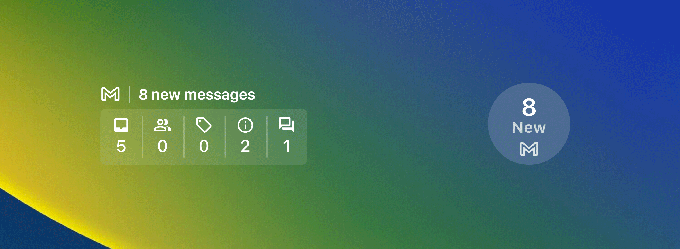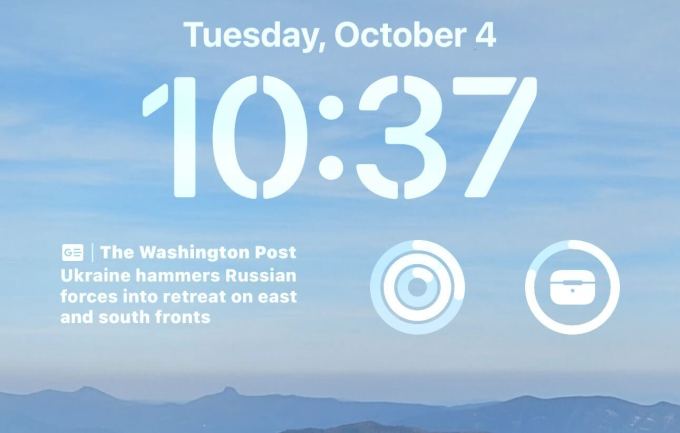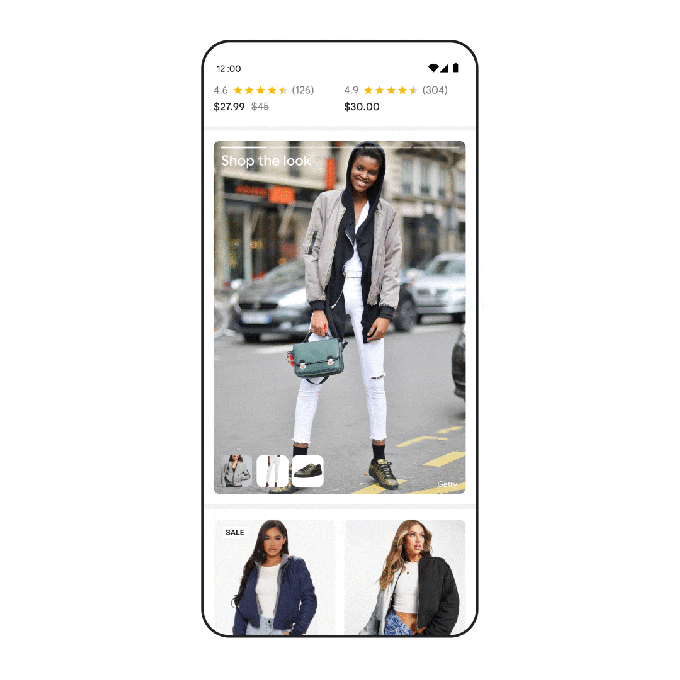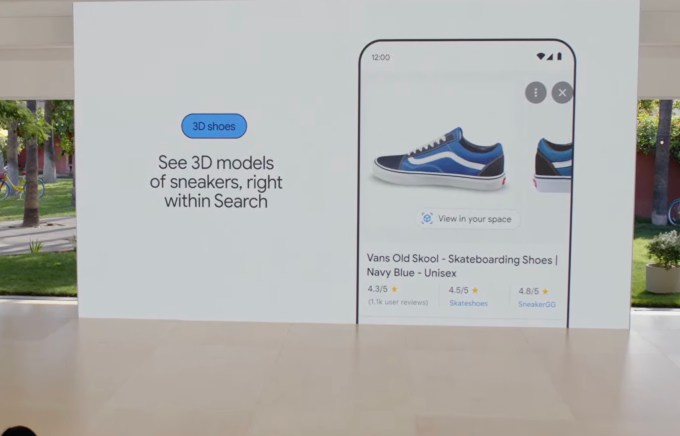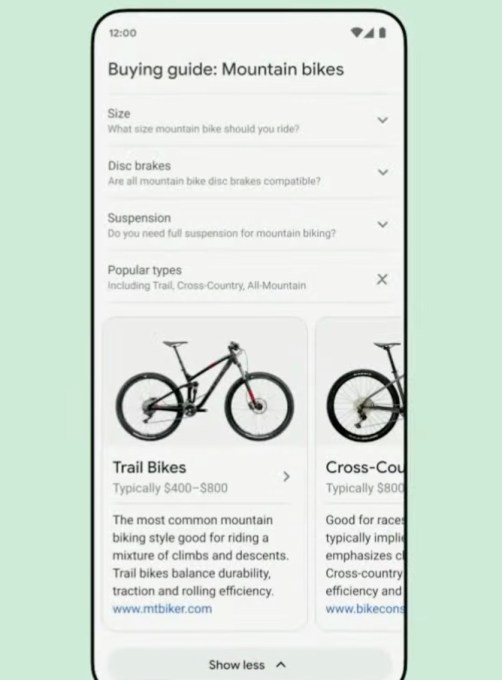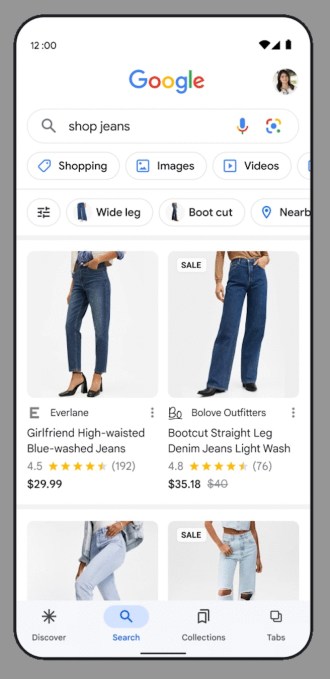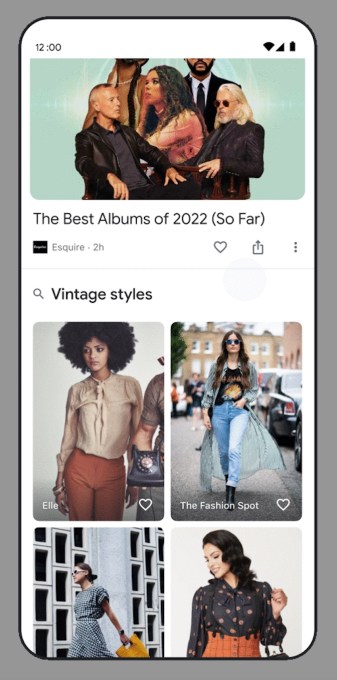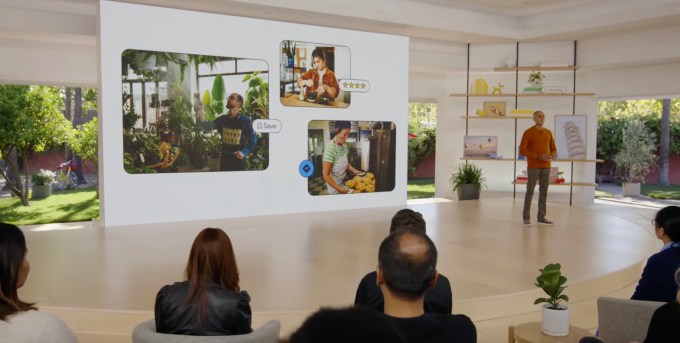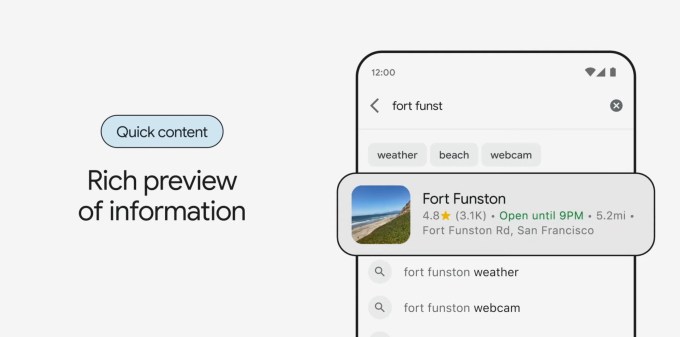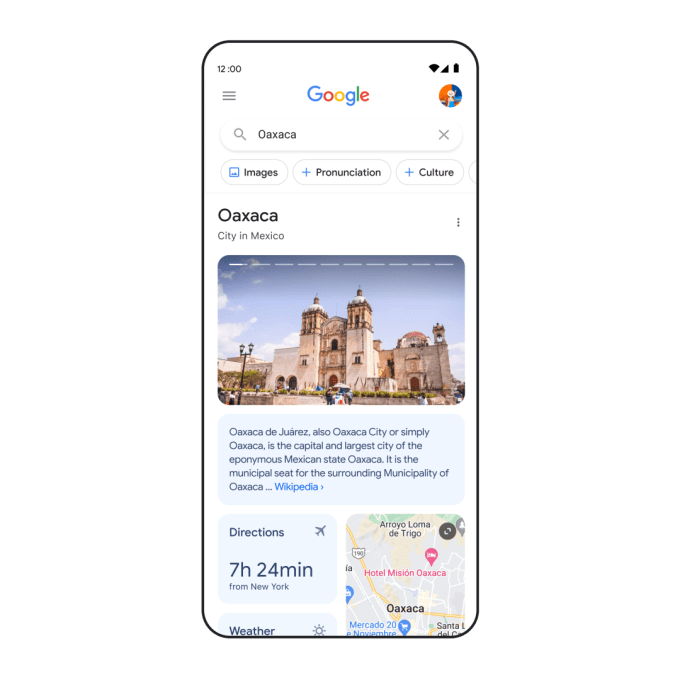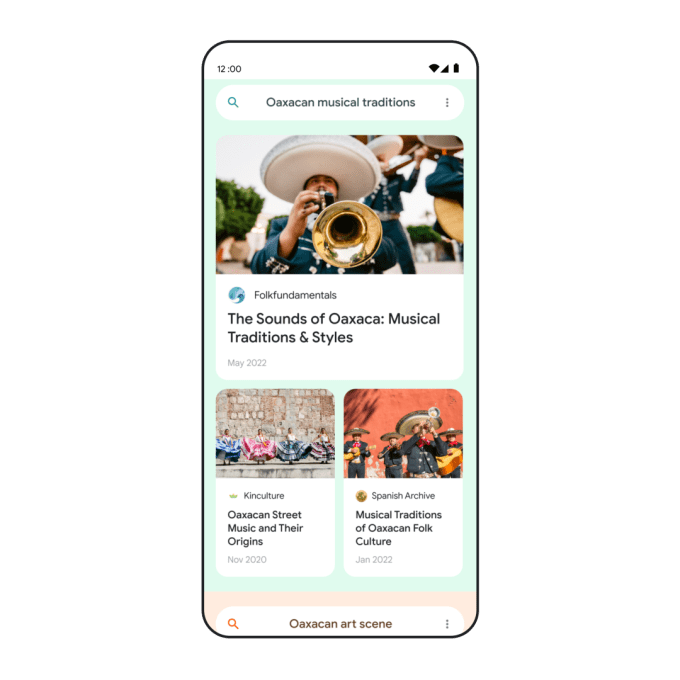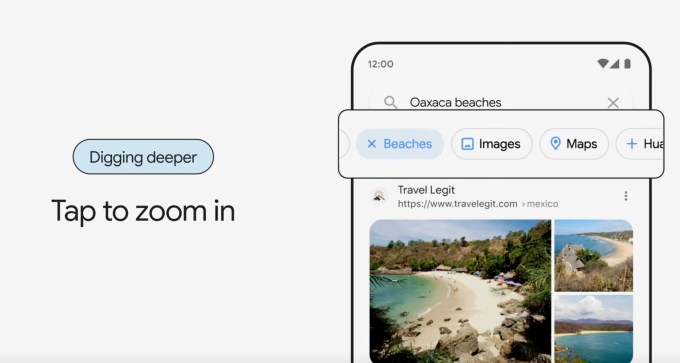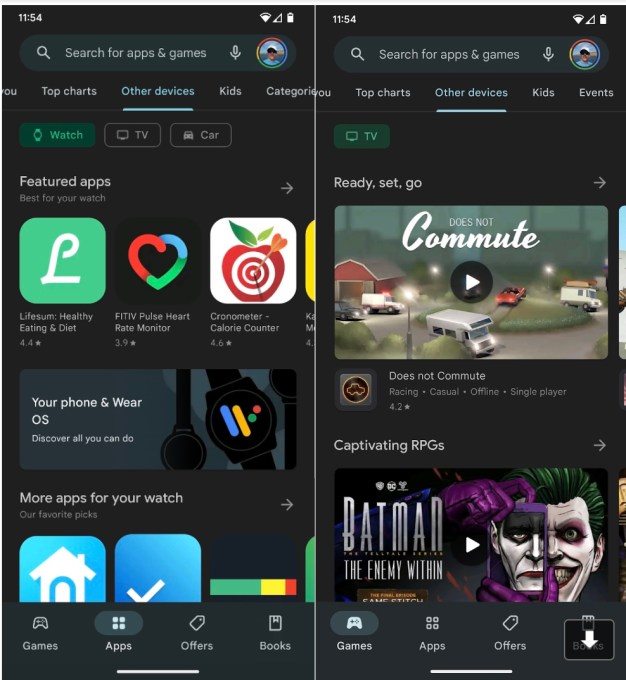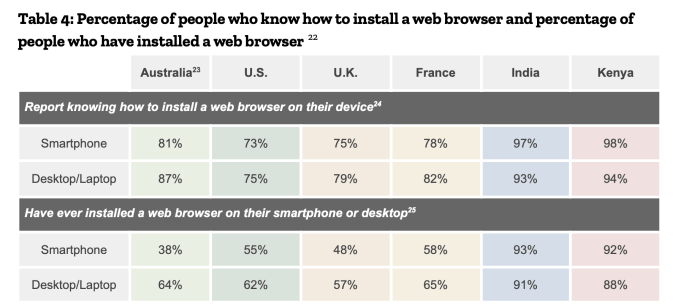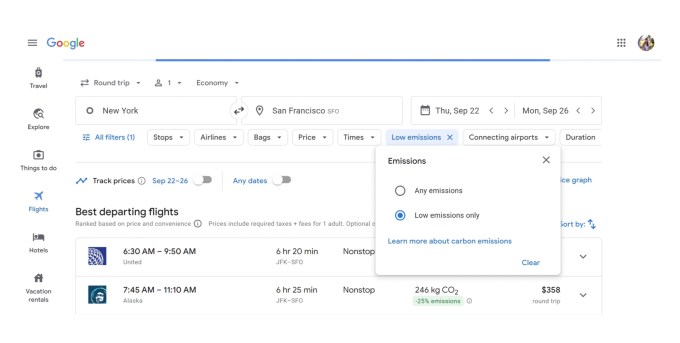Welcome back to This Week in Apps, the weekly TechCrunch series that recaps the latest in mobile OS news, mobile applications and the overall app economy.
Global app spending reached $65 billion in the first half of 2022, up only slightly from the $64.4 billion during the same period in 2021, as hypergrowth fueled by the pandemic has slowed down. But overall, the app economy is continuing to grow, having produced a record number of downloads and consumer spending across both the iOS and Google Play stores combined in 2021, according to the latest year-end reports. Global spending across iOS and Google Play last year was $133 billion, and consumers downloaded 143.6 billion apps.
This Week in Apps offers a way to keep up with this fast-moving industry in one place with the latest from the world of apps, including news, updates, startup fundings, mergers and acquisitions, and much more.
Do you want This Week in Apps in your inbox every Saturday? Sign up here: techcrunch.com/newsletters.
Elon Musk is buying Twitter…again…maybe

Image Credits: Bryce Durbin / TechCrunch
Elon Musk delivered another week of Twitter deal drama. After initially trying to worm out of the now-overpriced deal, the Tesla and SpaceX exec this week decided he would go through with the purchase after all. It was speculated that Musk may have seen the writing on the wall, and realized this legal battle was one he couldn’t win. (After all, he can’t simultaneously claim he wants to fix the Twitter bot problem by buying the network and then claim that there are just too darned many bots here — and that Twitter is lying about them, when in fact, its SEC filings indicate otherwise. Right?!)
But it had also come to light that Twitter had been given the go-ahead by the judge to proceed with a probe that would allow it to seek out information as to whether the Twitter whistleblower Peiter “Mudge” Zatko had contacted Musk’s lawyers before he tried to exit the deal.
It seems that Twitter’s discovery had uncovered an anonymous email claiming to be a former Twitter exec involved with Twitter’s Trust & Safety team that had been sent to Musk’s attorney on May 6. And Twitter wanted to find out if the legal team or Musk followed up to determine the sender’s identity. A judge agreed Twitter could dig in — and this was just before Musk changed his mind to move forward with the purchase. So perhaps it was this deep dive into more files and communications that Musk wanted to avoid? Maybe he didn’t want to be asked about this under oath?
In any event, Musk said the deal was on and Twitter’s stock jumped over 22% on the news. But the matter wasn’t immediately resolved.
As it turned out, Musk and Twitter hadn’t reached an agreement to end their litigation, and neither party had filed anything to stop the court case from proceeding. So the judge alerted them that the trial was still on and would start on October 17, 2022, as planned. But!… Twitter wasn’t ready to take Musk at his word about this sudden change of heart. The judge, however, agreed to give Musk’s team until October 28, 2022 — the date Musk’s team said they could close by — to see if the transaction goes through. If not, the parties will be given November 2022 trial dates, the judge said.
Now the deal is hinging on the “receipt of the proceeds of the debt financing,” Bloomberg reported. Morgan Stanley and half a dozen banks underwrote the debt financing for the deal, and given the market conditions, they may find it more difficult to find buyers for the bonds and loans — possibly taking a loss on portions of the package, the report said. But they’re not likely to back out or find a legal means of doing so. Which means…Elon is buying Twitter again. We think!
Go ahead, edit Your tweets
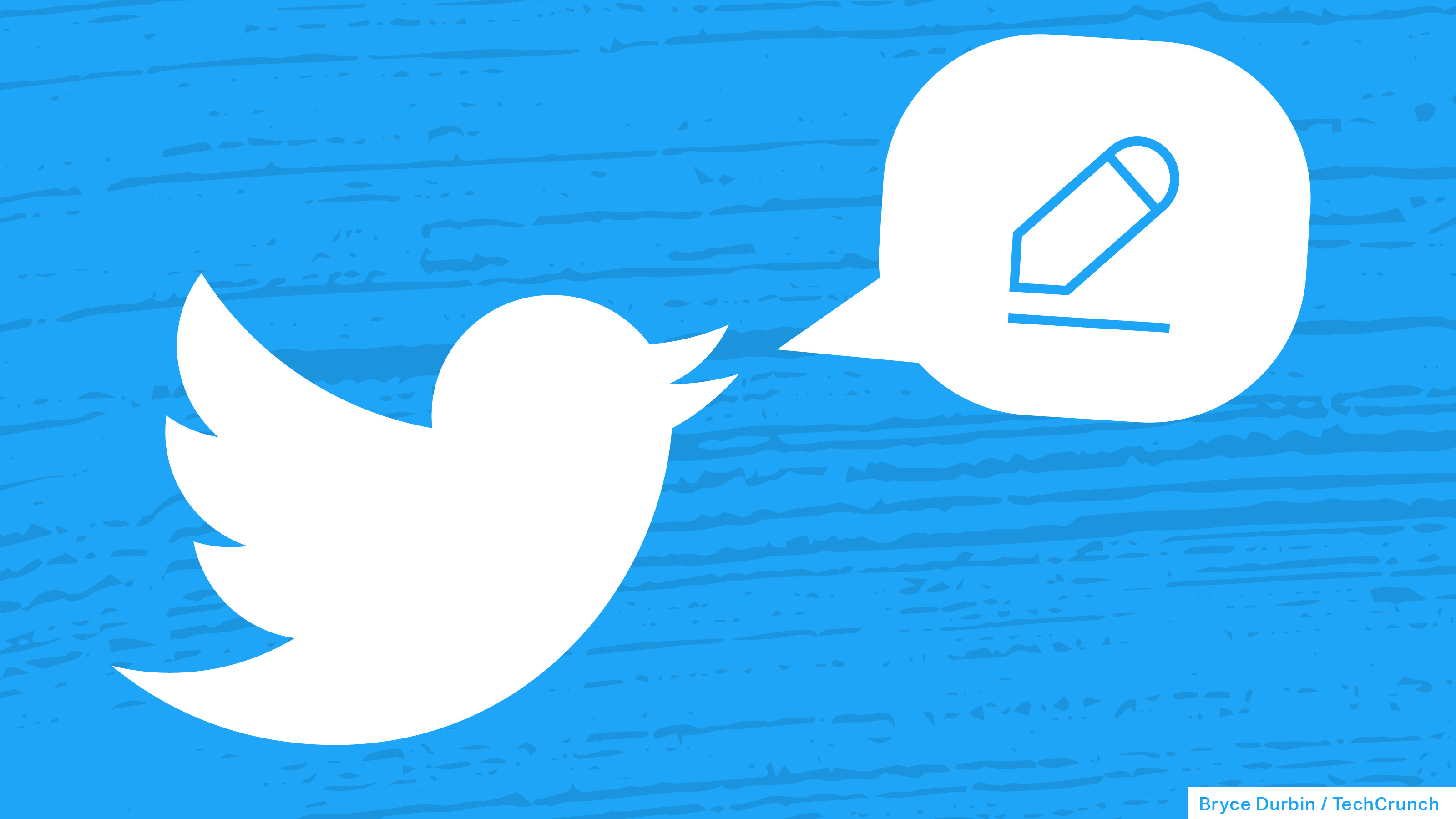
Image Credits: Bryce Durbin/TechCrunch
And if that wasn’t enough Twitter news for the week, then there’s this other small tidbit: Twitter’s Edit button has arrived.
The long-requested feature has now rolled out to Twitter Blue’s U.S. subscribers, in addition to subscribers in Canada, Australia and New Zealand. The feature allows users to edit their tweets for up to 30 minutes after posting — something that could help users clarify or correct a mistake in their tweet, fix a small typo or add hashtags, among other things. The edits are logged and visible to the public to prevent abuse. Additionally, Twitter said users can only edit their tweets five times within the 30-minute period, which is also meant to cut down the feature’s abuse.
But many are still concerned that bad actors will find a way to take advantage of the addition to edit tweeting in misleading ways. Plus, it comes at a time when user demand for an edit button may have been quelled, given that Twitter last year introduced an “Undo Tweet” feature for its subscribers. This lets users quickly fix a typo after they post — likely cutting down on one of the major use cases for an Edit button. With “Undo Tweet,” users can delay their tweets for up to a minute, giving them time to re-read posts and fix errors, if needed.
The edit feature was also one of Musk’s big ideas for fixing Twitter, we should point out. Shortly after taking a board seat at Twitter (remember when that was the big Twitter news?!), he polled his 80.5 million followers to ask if they wanted an edit button — either a tease of the planned announcement or a desire to look like he was already taking action at Twitter. A day later, Twitter announced an edit button was actually in the works after years of saying the opposite. But Twitter denied it was Musk’s idea.
While the edit option is now live, its impact may be limited. The majority of Twitter’s users are not paying for a subscription to Twitter Blue at this time, and it’s unclear that this feature’s addition — however much they had clamored for it — will change that.
Google gets serious about wearables
Image Credits: Google
The other big news this week in the mobile realm took place at Google’s annual hardware event. While the event focused on Google’s new line of Pixel devices, including the Pixel 7, Pixel 7 Pro and Pixel Watch, it’s the latter that may be of more interest to app developers as it signaled Google’s intention to get serious about its wearable strategy. While Google had competed in this space with Android Wear and Wear OS, the new Pixel Watch is the company’s first smartwatch.
The device differentiates itself from the Wear OS-powered watches from other brands, like Samsung, with a unique look and feel. It’s smaller, rounded and looks more like a premium device. This is an interesting entry point, given that Apple’s new high-end watch, the Apple Watch Ultra, has gone in the opposite direction — with a hefty, oversized version that can look ridiculous on smaller wrists. The Pixel Watch won’t have that problem.
Google had signaled its interest in wearables long before now, with its $2.1 billion Fitbit deal, $40 million acquisition of Fossil IP and Samsung partnership. Fitbit’s health-tracking features make the new Pixel Watch a more serious competitor to Apple, with additions like heart rate monitoring, ECG/AFib detection, sleep detection and more. But Google is also considering the wider app ecosystem alongside its hardware investment. The company also recently revamped Google Play to make it easier for users to search and filter for non-smartphone apps, including those for smartwatches and tablets — another area Google plans to take more seriously.
At the event, Google teased its upcoming Pixel tablet, to be released next year, which will continue the Pixel line to a bigger screen. It also plans to offer a clever charging speaker dock that will allow consumers to use their tablet as they would any other smart display or smart screen in their home.
Separately, Google also announced a series of updates to Google Assistant alongside the Pixel 7 launch, which will see the smart assistant improving its abilities in areas like voice typing, navigating businesses’ phone menus, voice message transcription and more. One of the better improvements here is the Google Duplex-powered “Direct My Call” service which will now display a business’s phone tree options on the smartphone’s screen when you call, so you can just tap the button you need instead of listening to all the choices.
Instagram’s ad load increase
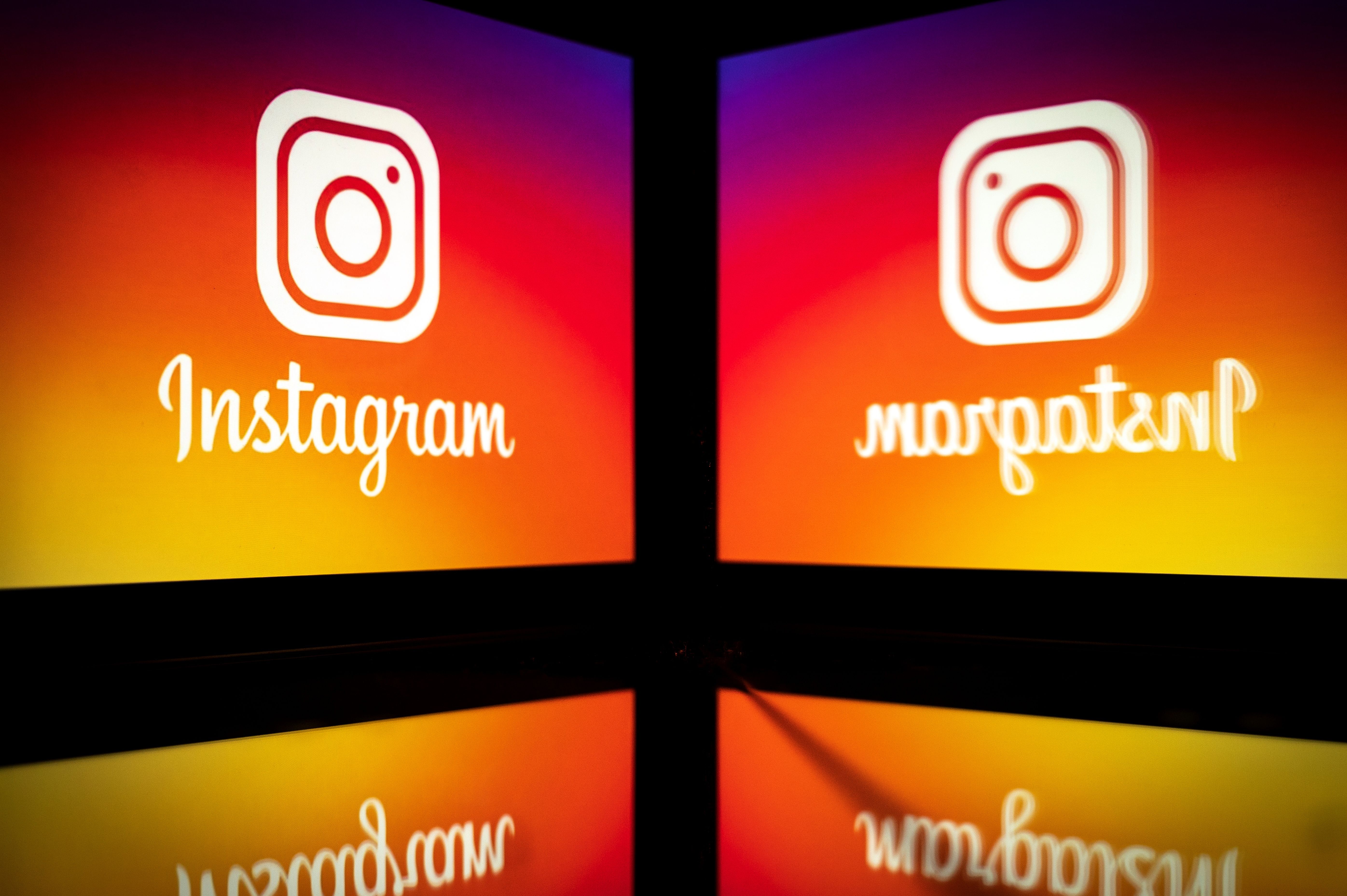
Image Credits: LIONEL BONAVENTURE/AFP / Getty Images
Meanwhile, Meta this week began exploring a way to stem its advertising revenue losses.
Following another quarter that saw marketers pull back on their ad spending, Meta announced it’s increasing its ad load on Instagram with the launch of two new ad slots. The company said it will now allow advertisers to run ads on the Explore home page and in profile feeds and will debut a new ad format for Facebook Reels.
The Explore home refers to the page people land on when they first tap on Instagram’s Explore tab. Here, users can browse a page of suggested and trending content, or tap on buttons at the top of the screen to dive into various trends. Historically, Instagram had only placed ads on Explore within the Explore feed — that is, when a person taps on a post and scrolls. But now, it’s expanding to the Explore home page itself, as it says it sees users spending meaningful time there, Instagram told TechCrunch. This is already rolling out globally.
It will also insert ads in the profile feed which is the feed that appears when a user visits another person’s profile on the app and then taps on one of their posts and scrolls. And in Facebook Reels, it’s adding “post-loop” ads — four- to 10-second skippable ads and standalone video ads that play after a Reel has ended before the Reel resumes and loops again.
These additional ad units serve to boost the company’s ability to pull in revenue at a time when Meta has been seeing declining ad sales. It also follows Meta’s report of its first-ever quarterly revenue decline in Q2, which came shortly after its first decline in daily active users. While its revenue dropped only 1% in Q2, from $29.07 billion in the second quarter of 2021 to $28.82 billion in Q2 2022, Meta has worried investors with its troubling Q3 forecast. The company said it saw third-quarter revenue potentially declining between 2% and 11% year-over-year to somewhere in the range of $26 billion to $28.5 billion.
Weekly News
Platforms: Apple
- iOS 16.1 beta testers were disappointed to find out that the “Adaptive Transparency” toggle that appeared in their AirPods settings was actually a bug, and not a promise of bringing the feature to older AirPods models. Apple confirmed this by removing the setting in the new beta release.
- Meanwhile, another feature in the latest iOS 16.1 beta shows Apple tweaking the design of the Dynamic Island to include a light gray border around the outside of the feature when it’s activated on a darker background or wallpaper.
- Apple seeded iOS 16.1, tvOS 16.1 beta 4 and iPadOS 16.1 beta 5 for developers, as well as the tenth developer beta of macOS Ventura.
- Apple named new vice presidents for its Maps, Services and Silicon teams, Bloomberg reported. Twenty-year Apple veteran Max Muller will become a VP overseeing Maps. Payam Mirrashidi is a new VP of engineering in Services. And Johny Srouji, Charlie Zhai and Fabian Klas are becoming VPs in the Silicon group. The appointments follow the firing of VP of Procurement Tony Blevins over sexist comments he made in a TikTok video.
- App developers who applied for a share of Apple’s $100 million App Store class action settlement, which saw the creation of the Small App Developer Assistance Fund, have been alerted that the distribution of their payments should occur before the end of October.
Platforms: Google
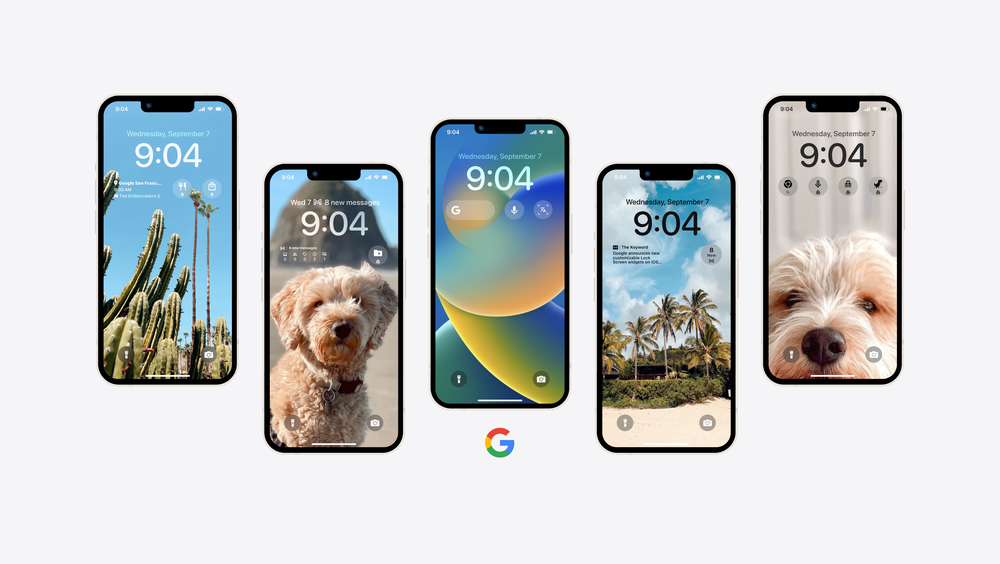
Image Credits: Google
- Google’s anticipated iOS 16 Lock Screen widgets have begun to arrive. The launches arrived starting last week with updates to the Chrome and Drive apps, and this week saw new widgets appear for its Gmail and Google News apps, as well. Still on its way are Search and Maps widgets. Google hasn’t explained why Calendar is not included, however.
E-commerce and Food Delivery
- DoorDash announced a new service, Drinks with DoorDash, that allows users to order food from one place and drinks from another — like a nearby liquor, convenience or grocery store. (Yep, dashers are going to love this.)
- In the same week, Grubhub and Gopuff partnered on grocery and alcohol delivery, allowing Grubhub customers to shop thousands of products from moe than 500 Gopuff locations via the membership program, Grubhub+.
- Recelery, a pantry tracker app and online marketplace for select food items, relaunched this past weekend to tweak a number of its features. It expanded the limit of pictures that users can post, introduced new markers to show the specific date when an item was added and now allows users to sell up to 25 items at a time.
Augmented Reality
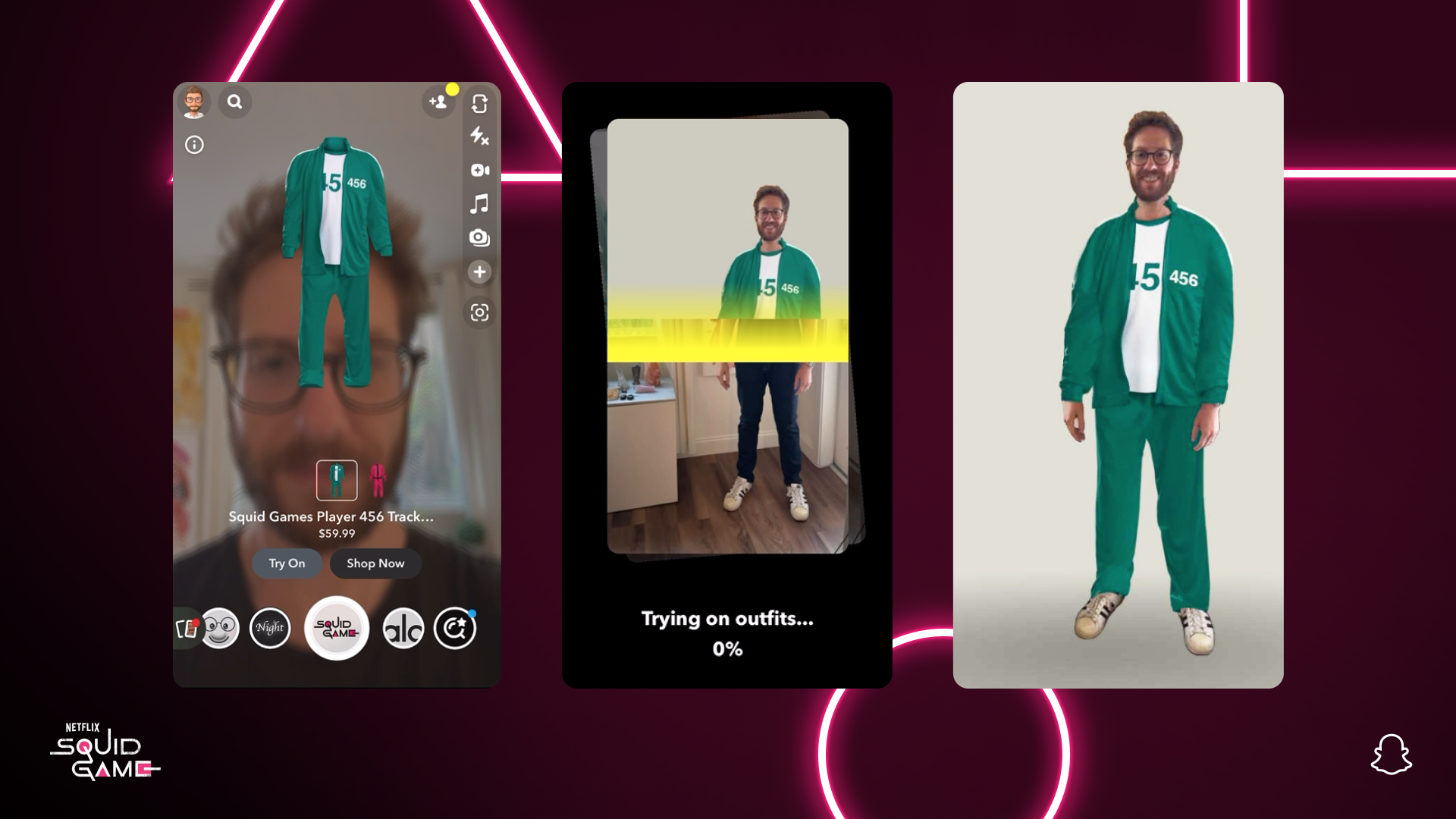
Image Credits: Snap
- Snapchat is embracing Halloween via AR. Starting October 11, the app will roll out an AR shopping experience that allows users to virtually try on and buy costumes of some of their favorite TV and movie characters, including those from “Hocus Pocus,” “Squid Game,” “Stranger Things,” “Power Rangers,” “Transformers,” “The Office,” “Harry Potter” and others.
- Lucky Charms upgraded its cereal box with an AR game built using Niantic’s 8th Wall platform.
Fintech
- Sen. Warren’s office released a report that said fraud and scams are taking place on P2P payments app Zelle, but banks are refusing to refund customers for 53% of the defrauded funds.
- Venmo rolled out Charity Profiles in the app that allows charitable organizations to raise funds directly if they’ve already received confirmed charity status from Venmo parent PayPal.
- Investing app Stash, which raised $125 million from investors in a Series G round last year, announced it’s adding crypto to the set of products it offers its 2 million users.
Social
- TikTok added a handful of editing tools that will allow users to adjust clips, sounds, images and text in new ways. The additions include tools to stack, trim, split and speed up and slow down clips, plus others for cutting, trimming and setting the durations for sounds used in videos. Others focus on text placement and images, including a new Photo Mode feature for sharing a carousel of images that automatically display one after another.

Image Credits: TikTok
- ByteDance reported its revenue grew to $61.7 billion in 2021, but operating losses reached $7.15 billion due to investments in growth, a report to staff said, per The WSJ.
- Pinterest partnered with Headspace to offer creators a free six-month subscription in 20 countries worldwide, making it the first platform to provide such an offering, it said.
- A new lawsuit in California, filed by the Social Media Victims Law Center, targets companies Meta, Snap, Discord and Roblox for making platforms that contain features designed to encourage addiction to “the detriment of their minor users.” It brings up mental health issues, including suicide attempts, which it alleges are linked to use of these platforms.
- Twitter rolled out a new feature that lets users post images, videos and GIFs in a single tweet. It also expanded its experimental Status feature, for tagging tweets with moods and activities, to more of its users.
- Reddit began testing a new live chat feature in a chat tab in its app. Users who have access to the test will see three options to filter chats: live chats, Messages and requests — or they can view “All” chats.
- Facebook introduced new tools that allow users to customize their feeds by telling the app which posts they want to see more or less of, from across their friends, groups and other post recommendations. The feature will also be tested with Reels.
- Meta settled a lawsuit with BrandTotal and Unimania, companies engaging in scraping operations of Facebook and Instagram data. The settlements terms weren’t disclosed, but in addition to agreeing to stop the practice, Meta said the companies agreed to pay a “significant sum.”
Messaging
- WhatsApp for iOS expanded its feature called “View Once,” which lets users send photos and videos that disappear after they’re opened for the first time, similar to Snapchat. The feature first launched last year and will now work with screenshots and screen recordings, too.
- Even Signal is copying Stories now. The feature is now in beta and the Stories will disappear after 24 hours.
Dating

Image Credits: Tinder
- Tinder rolled out a new feature to help its users get ready to vote in the U.S. midterms. The dating app maker partnered with BallotReady to launch an Election Center within the app’s Explore section where users can register to vote, find their polling stations and access breakdowns of their local ballot measures.
- Bumble is testing a speed-dating feature that allows users to chat before matching, similar to Tinder’s own Fast Chats feature. The feature is live in the U.K. already.
- A Wired investigation found there were an increasing number of fake profiles of men on the Match-owned Hinge dating app. The profiles appear to be using AI-generated images and oddly written profile text that indicates English isn’t their first language. In chatting with the profiles, the reporter discovered they weren’t bots, but rather scammers hiding behind the fake accounts.
Streaming & Entertainment
- Apple Music announced a new milestone of reaching 100 million songs — a 100,000x increase since the debut of the original iPod some 21 years ago. To celebrate, Apple launched a new Apple Music Today series that will pick a new song every day and dive into its history.
- YouTube has been experimenting with asking some users to purchase a Premium subscription in order to watch videos in 4K resolution, currently a free feature.
Reading & News
- Facebook killed its Substack competitor, Bulletin, the newsletter service launched last year. Bulletin writers will earn subscription revenue until the platform’s closure in 2023, but will then need to migrate subscribers to another sevice.
- Substack launched its Reader app on Android, which allows users to access all their Substack subscriptions in one place alongside their RSS feeds.
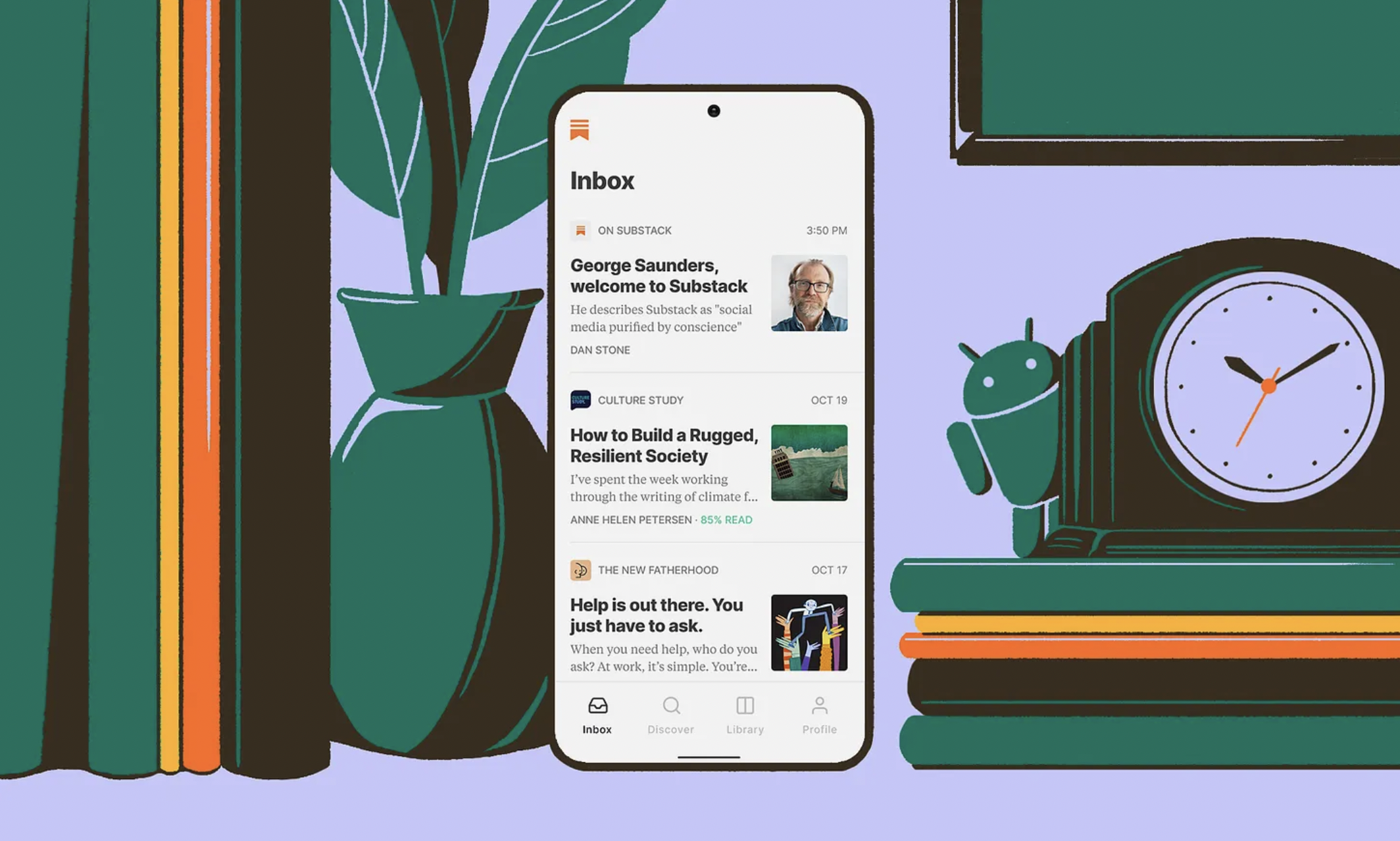
Image Credits: Substack
Productivity
- Readdle launched a new version of its email app Spark, for desktop and mobile devices, which now offers subscription-based email management. The app, reviewed here by The Verge, organizes emails into bundles like newsletters and notifications, and elevates emails from real people. The app includes a bevy of other features, like focus schedules, thread muting, a gatekeeper function (to permit or deny access to your inbox) and more.
Utilities
- Alongside its new Nest Doorbell and faster Wi-Fi router, Google launched a redesigned version of its Home app for Android. The redesigned app arrived in parallel with the release of the Matter 1.0 standard, and includes faster Matter pairing and other new customization options to personalize the app to end users.
Government & Policy
- Russia fined TikTok 3 million rubles (around $51,000) for violating its anti-LGBTQ laws. Russia claims TikTok failed to delete content it called propaganda. It also fined Twitch for hosting an interview with a Ukrainian political figure, which it said contained fake information.
Security & Privacy
- Meta’s security team disclosed it had identified more than 400 malicious apps posing as photo editing tools, games, utilities, lifestyle apps, VPNs and more that were actually malware. The apps would prompt users to enter their Facebook login credentials to use the app, but this information was then stolen, allowing scammers to gain access to the user’s Facebook account and any other account that used the same username/password combo. Meta said it’s not able to determine how many people fell for this scam, but identified at least 1 million potentially impacted users.
Funding and M&A
 Montana-based onX, the maker of navigation apps for hunting, hiking, off-roading and other outdoor activities, raised an $87.4 million Series B led by Summit Partners.
Montana-based onX, the maker of navigation apps for hunting, hiking, off-roading and other outdoor activities, raised an $87.4 million Series B led by Summit Partners.
 Spotify said it’s acquiring Dublin, Ireland-based content moderation tech company Kinzen, to aid with its global content moderation efforts. Deal terms were undisclosed. Kinzen, a Spotify partner since 2020, uses a combination of ML and human expertise to alert and flag dangerous misinformation and harmful content — something the streamer is facing more issues with as it invests heavily into podcasting and other forms of audio. Joe Rogan, for example, created a headache for Spotify when he spread COVID-19 vaccine-related misinfo on his show.
Spotify said it’s acquiring Dublin, Ireland-based content moderation tech company Kinzen, to aid with its global content moderation efforts. Deal terms were undisclosed. Kinzen, a Spotify partner since 2020, uses a combination of ML and human expertise to alert and flag dangerous misinformation and harmful content — something the streamer is facing more issues with as it invests heavily into podcasting and other forms of audio. Joe Rogan, for example, created a headache for Spotify when he spread COVID-19 vaccine-related misinfo on his show.
 Duolingo acquired its first startup, a Detroit-based animation studio, Gunner, that created art for the company and others, including Amazon, Dropbox, Spotify and Google. Deal terms weren’t disclosed.
Duolingo acquired its first startup, a Detroit-based animation studio, Gunner, that created art for the company and others, including Amazon, Dropbox, Spotify and Google. Deal terms weren’t disclosed.
 An anonymous social app for college kids, Fizz, announced its raise of $4.5 million in seed funding, led by entrepreneur and investor Rakesh Mathur, who also joined the Stanford student-founded startup as its CEO. Lightspeed, Octane and other angels also invested in the app that claims to have deep penetration on college campuses.
An anonymous social app for college kids, Fizz, announced its raise of $4.5 million in seed funding, led by entrepreneur and investor Rakesh Mathur, who also joined the Stanford student-founded startup as its CEO. Lightspeed, Octane and other angels also invested in the app that claims to have deep penetration on college campuses.
 South Korean search giant Naver announced plans to acquire the secondhand apparel marketplace Poshmark for $1.2 billion in cash. The deal values publicly traded Poshmark at $17.90, or a 15% premium over the closing price at the time of the announcement.
South Korean search giant Naver announced plans to acquire the secondhand apparel marketplace Poshmark for $1.2 billion in cash. The deal values publicly traded Poshmark at $17.90, or a 15% premium over the closing price at the time of the announcement.
 Mobile banking app Jiko raised $40 million in Series B funding in a round led by Red River West, bringing the company’s total raise to date to $87.7 million. The app has evolved from a consumer-focused model to B2B, and now gives companies low-cost access to short-term treasury bills.
Mobile banking app Jiko raised $40 million in Series B funding in a round led by Red River West, bringing the company’s total raise to date to $87.7 million. The app has evolved from a consumer-focused model to B2B, and now gives companies low-cost access to short-term treasury bills.
 Singapore-online shopping rewards app ShopBack raised $80 million more to extend its Series F round to more than $310 million. The new investor is the state investment giant’s late-stage fund, Temasek Holdings Pte. The company is now valued at nearly $1 billion.
Singapore-online shopping rewards app ShopBack raised $80 million more to extend its Series F round to more than $310 million. The new investor is the state investment giant’s late-stage fund, Temasek Holdings Pte. The company is now valued at nearly $1 billion.
Downloads
Neeva (European launch)
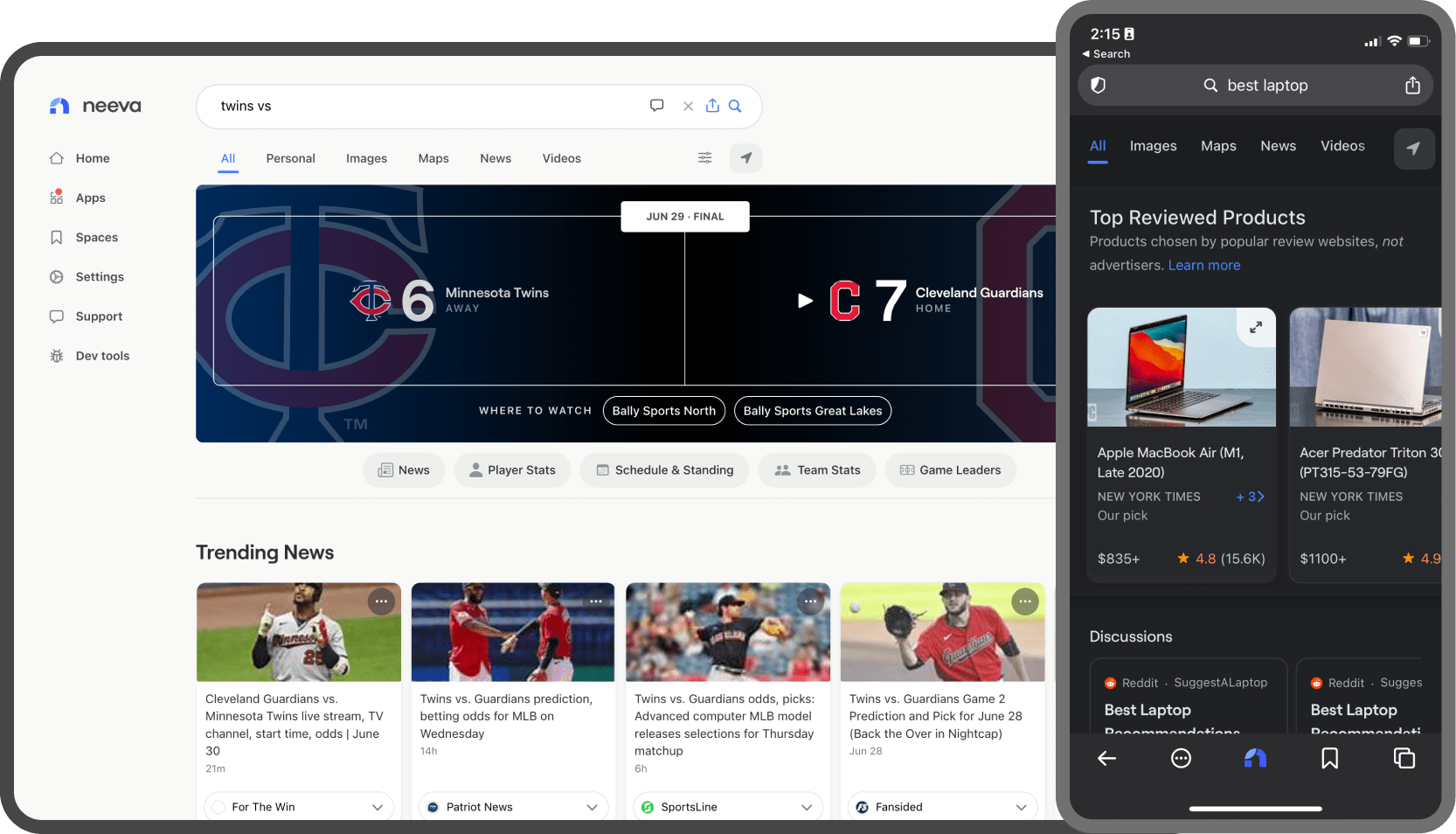
Image Credits: Neeva
An ad-free search engine, Neeva, launched to the U.S. last year is now heading to Europe — specifically, the U.K., France and Germany. The service promises a way to both search the web and private, personal accounts like Gmail or Dropbox from any device, without having to view ads or have user data compromised. It does this by offering a premium membership, which provides additional privacy tools and other benefits to paid subscribers.
The service is available on desktop via a Chrome extension and on iOS and Android via native mobile apps.
This week, TechCrunch’s Paul Sawers sat down with Neeva co-founder and CEO Sridhar Ramaswamy in London to get an update on the three-year-old company as it expands to new markets. (You can read that interview here and learn more about Neeva’s business.)
This Week in Apps: Twitter gets an Edit button, Instagram increases ads, Google gets serious about wearables by Sarah Perez originally published on TechCrunch


